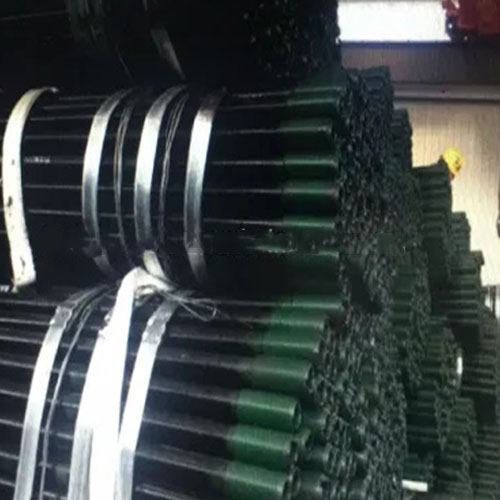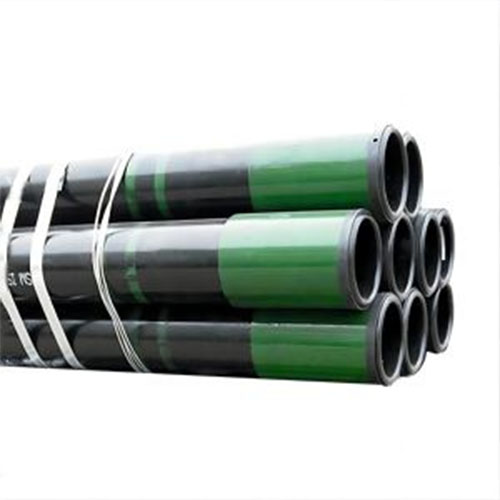Table of Contents
Pros and Cons of Hot Rolled Steel
Hot rolled and cold rolled steel are two common methods used in the manufacturing process of steel products. Each method has its own set of advantages and disadvantages that make them suitable for different applications. In this article, we will explore the pros and cons of hot rolled steel to help you better understand its characteristics and uses.
Hot rolled steel is a type of steel that is formed at high temperatures, typically above 1700 degrees Fahrenheit. This process involves passing the steel through rollers to shape it into the desired form. One of the main advantages of hot rolled steel is its cost-effectiveness. Since the steel is processed at high temperatures, it requires less energy and time compared to cold rolled steel, making it a more economical option for large-scale production.
Another benefit of hot rolled steel is its malleability. The high temperatures during the rolling process make the steel more ductile, allowing it to be easily shaped and formed into various structures. This makes hot rolled steel ideal for applications that require complex shapes or designs, such as construction projects or automotive components.
Additionally, hot rolled steel has a rough surface finish that is not as smooth as cold rolled steel. While this may be seen as a disadvantage in some applications, it can actually be beneficial in others. The rough surface of hot rolled steel provides better traction and grip, making it suitable for applications where Slip resistance is important, such as in industrial flooring or stair treads.

However, there are also some drawbacks to using hot rolled steel. One of the main disadvantages is its lack of precision. Since hot rolled steel is formed at high temperatures, there is a greater chance of dimensional inaccuracies and variations in thickness. This can be a problem in applications that require tight tolerances or precise measurements.
Another downside of hot rolled steel is its susceptibility to warping and distortion. The rapid cooling process after the steel is rolled can cause internal stresses to build up, leading to deformation or bending of the material. This can be a concern in applications where flatness and straightness are critical, such as in the manufacturing of machinery or equipment.
In conclusion, hot rolled steel offers several advantages, including cost-effectiveness, malleability, and improved traction. However, it also has its drawbacks, such as lack of precision and susceptibility to warping. Understanding the pros and cons of hot rolled steel can help you determine whether it is the right choice for your specific application. In the next section, we will explore the pros and cons of cold rolled steel to provide a comprehensive comparison between the two methods.
Applications and Benefits of Cold Rolled Steel
Cold rolled steel is a popular choice for many applications due to its unique properties and benefits. Unlike hot rolled steel, which is formed at high temperatures, cold rolled steel is processed at room temperature. This difference in processing results in distinct characteristics that make cold rolled steel ideal for certain uses.
One of the main advantages of cold rolled steel is its superior surface finish. The cold rolling process produces a smooth, clean surface that is free of scale and other imperfections. This makes cold rolled steel perfect for applications where appearance is important, such as automotive body panels, appliances, and Furniture.

In addition to its smooth surface finish, cold rolled steel also has tighter tolerances and more precise dimensions than hot rolled steel. This makes cold rolled steel ideal for applications that require tight dimensional control, such as precision engineering components and machinery parts.
Another benefit of cold rolled steel is its increased strength and hardness compared to hot rolled steel. The cold rolling process work-hardens the steel, making it stronger and more durable. This increased strength makes cold rolled steel a popular choice for structural components, construction materials, and other high-stress applications.
Cold rolled steel also has improved formability and weldability compared to hot rolled steel. The cold rolling process allows for greater control over the steel’s Grain structure, resulting in a material that is easier to form and shape. This makes cold rolled steel ideal for applications that require complex shapes or tight bends, such as tubing, piping, and Sheet Metal Fabrication.
Additionally, cold rolled steel is more consistent in terms of mechanical properties and chemical composition than hot rolled steel. This consistency makes cold rolled steel easier to work with and ensures that the final product meets the desired specifications. Whether you are fabricating a small component or a large structure, cold rolled steel provides the reliability and consistency you need.
Overall, cold rolled steel offers a range of benefits that make it a versatile and reliable material for a wide variety of applications. From its superior surface finish and tight dimensional control to its increased strength and formability, cold rolled steel is an excellent choice for projects that require precision, durability, and consistency.
In conclusion, understanding the differences between hot rolled and cold rolled steel is essential for choosing the right material for your application. While hot rolled steel is suitable for certain uses, cold rolled steel offers a range of unique properties and benefits that make it a preferred choice for many applications. Whether you are working on a small project or a large-scale construction, cold rolled steel provides the strength, precision, and reliability you need to get the job done right.

